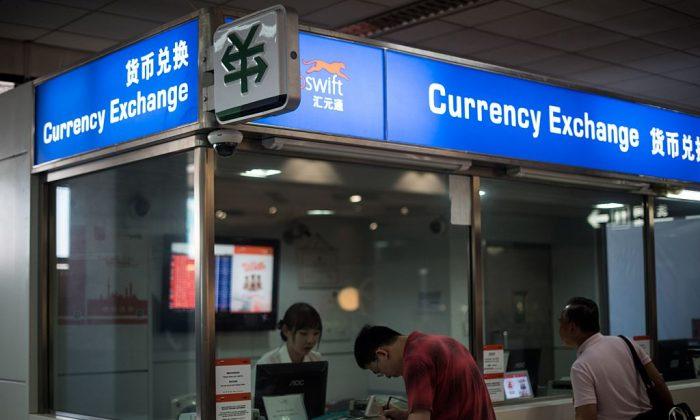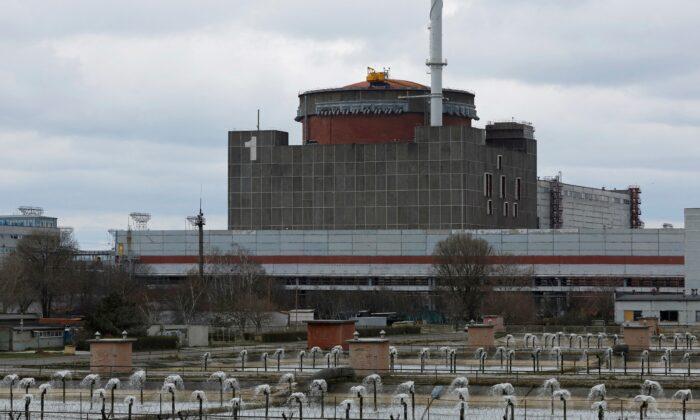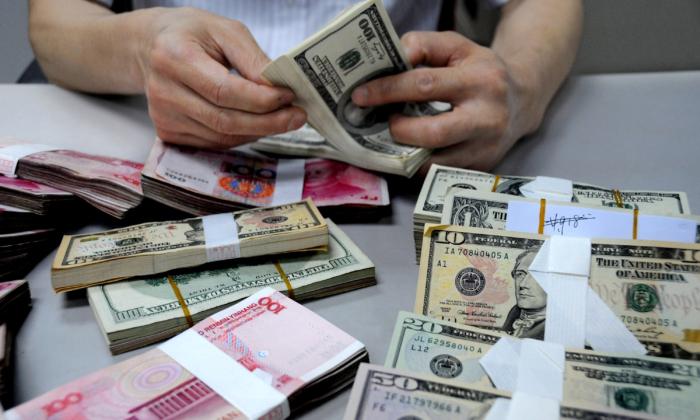Since Oct. 17, 1983, Hong Kong has used the Linked Exchange Rate System (LERS). The system allows the HKMA to stabilize exchange rates from the U.S. dollar to the Hong Kong Dollar (HKD) between 7.75 and 7.85, also known as the Convertibility Undertaking (CU). As a currency pegged to the USD, the HKD’s strong-side CU is 7.75 to one U.S. dollar, and the weak-side CU is 7.85.
Challenges Ahead for Hong Kong Dollar
The report warned the HKD would likely face a multitude of challenges as it copes with aggressive U.S. dollar rate hikes amid high inflation.“Looking ahead, fund flows may be subject to heightened volatilities amid elevated uncertainties on various fronts, including the pace of U.S. monetary policy normalization, the evolving pandemic developments, and the lingering geopolitical tensions,” the report states.
Albert Song, a senior financial analyst and expert on the Chinese financial system, told The Epoch Times that the climate is increasingly “dangerous” for Hong Kong’s financial system as the HKD remains pegged to the U.S. dollar amid the Fed’s interest rate hikes.
“Hong Kong’s economic cycle is becoming more and more similar to that of mainland China, but its financial sector is following the pace of the Fed’s interest rate hikes, which has already impacted Hong Kong’s property market and economy. To defend the currency peg, the HKMA will have to continue selling USD to buy HKD,” Song said.
Yuan Depreciates Despite Official Optimism
China, which relies heavily on Hong Kong as a financial gateway for foreign currency reserves, has no way to fend off the impact of its depreciating currency.The press release reported the findings of a national virtual conference on Sept. 27, hosted by the China Foreign Exchange Market Self-Regulatory Framework (SRF), a central bank-led self-regulatory group. The conference aimed to analyze recent developments in the foreign exchange market.
It added that the yuan is “one of the few strong currencies in the world, [as it] strengthened markedly against the Euro, British pounds and Japanese yen.”
Depreciation May Trigger Sell-off
Regarding the currency’s value, Song told The Epoch Times that the yuan’s depreciation would make yuan assets less attractive and may cause investors to sell off.“With a widening interest rate differential between the U.S. and China, capital outflow will become more severe, bringing China’s foreign exchange reserves lower. China requires more than $800 billion a year to import energy, [semiconductor] chips, and food,” Song said.
Export Sector ‘Trapped’ by Rising Prices, Supply Chain Issues
Song noted that some Chinese economists believe the yuan depreciation will benefit Chinese exports, but the reality may be the opposite.“Theoretically, the depreciation of yuan is beneficial to foreign trade exports, but the benefit will not be visible to the export sector immediately. Furthermore, the export sector will be trapped by the increase of raw material prices and the lack of [a] smooth logistics supply chain caused by the [regime’s] zero-COVID policy,” Song said.
“Foreign demands have a much greater impact on Chinese exports than low exchange rates, so don’t expect too much that the yuan depreciation could benefit Chinese exports.”
“China’s central bank has recently taken measures to guide market expectations, such as raising the reserve requirement ratio for foreign exchange deposits. But the most effective way to manage the yuan exchange rate is still to sell USD and buy yuan, which in turn will cause the foreign exchange reserves to fall,” Song added.





